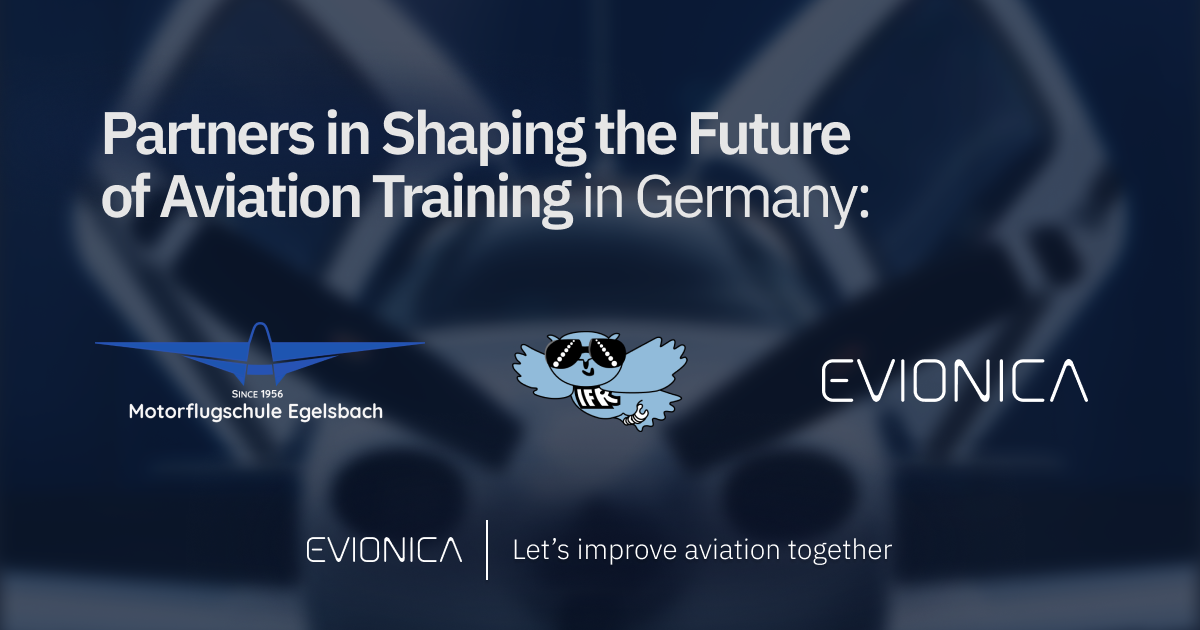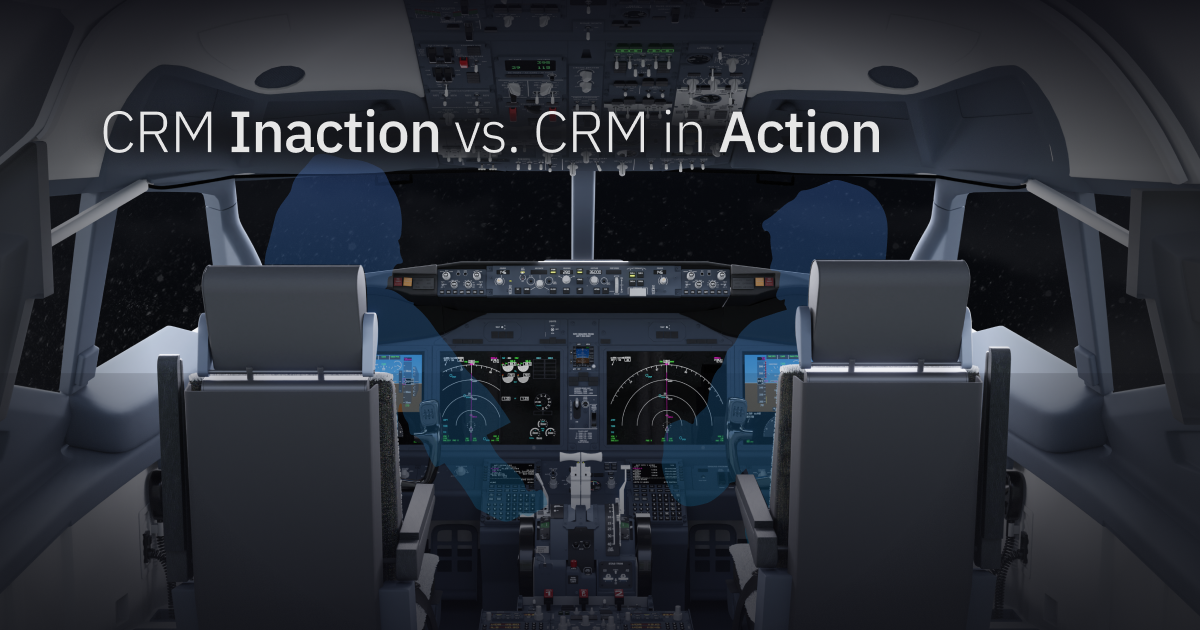
News & Blog
Posts about:
Aviation E-Learning


Aviation Leaders Join Forces to Modernize Pilot Training in Germany

CRM Inaction vs. CRM In Action: Why Crew Resource Management Matters
What connects Swiss cheese with decision-making and stress management? Clue: it's not the plight of an Alpine dairy farmer whose cows aren't yielding as much milk as in previous years. These are all things you will learn about as part of Crew Resource Management (CRM) training. Even though these might seem trivial, amusing, or at times bizarre, these are components of a CRM course that have saved many lives and improved overall safety since its formal development in 1979 and widespread adoption in the early 1980s.

What a Pilot Needs: Differences Training
I Trained on a Cessna 172 — Can I Fly a Diamond DA40? You're an experienced pilot, yet you will never grow tired of that exhilirating feeling of soaring high in your Cessna 172. She's been a true friend to you, but your head has been turned by a brand-spanking new Diamond DA40, there's nothing stopping you from switching from one to another, is there? After all, they're both single-engine aircraft powered by piston engines and both include glass cockpit systems like Garmin G1000. So, can you just hop from one aeroplane to another? Legally and practically, the answer is: not without Differences Training. Let’s see what this involves and why it’s essential for pilots, instructors, and Chief Theoretical Knowledge Instructors (CTKIs) who oversee training standards.

What a Pilot Needs: Math and Physics
It's rare to find someone with a lifelong, unchanging ambition. Reality doesn’t just bite—it gnaws, chews, and swallows dreams whole. For example, this writer’s dream of winning Wimbledon was dashed by none other than Mr. Federer—not to mention an aversion to physical exercise and a love of fast food. Now, imagine the thoughts of a young person dreaming of becoming a pilot. They see themselves confidently striding to the cockpit, shoulders back, with a determined look and looking like a million dollars in their uniform. But oh! First, they have to face what they need to learn:

TL Aviation & Evionica Sign Partnership Agreement
The ink is dry, the handshakes exchanged, and we are now delighted to announce a vital new partnership in aviation training in Germany. TL Aviation has chosen Evionica...

Tecnam and Evionica: Designing the Future of Aviation Training – Together

What to Look for in an Aviation Training LMS
In an ideal world, a Learning Management System is the memory that never fails - the safe place that processes, compares, extrapolates, registers all kinds of records and data, providing users with the documents and resources they need in the blink of an eye. In real life, however, an LMS can confuse, confound, depress and delay its users. So what makes an effective LMS? Why the mad rush to climb on board the LMS bandwagon? What can I actually get out of an LMS? We spoke to Ignacy Sosnowski the Customer Success Manager at Evionica to find out his thoughts.
.png)
Cutting time, cutting costs, but never cutting corners. N-VFR briefings now in Best Pilot.
The average worker is said to use 10,000 sheets of paper every year. It is also estimated that we waste 2.5 days each year simply looking for things. Research also suggests that 95% of statistics are made up on the spot (though these ones haven't - trust us!). For flight instructors,10,000 sheets of paper is probably an incredibly conservative estimate and also a cause for concern. Wouldn't it be nice to have everything you need for flight training just a click away, not buried somewhere under piles of files and papers or somewhere on your hard drive? Wouldn't it also be nice to spend less of your time preparing for and going through pre-flight briefings and more time actually up in the air? If this were all possible while staying EASA compliant and not cutting corners, wouldn't that be making far more effective use of your time rather than thumbing through, filling out, then filing yet more paperwork?

ATPL New Features: Designed by us, Decided by you
“The secret of change is to focus all of your energy, not on fighting the old, but on building the new.” Socrates (the philosopher, not the Brazilian footballer).
